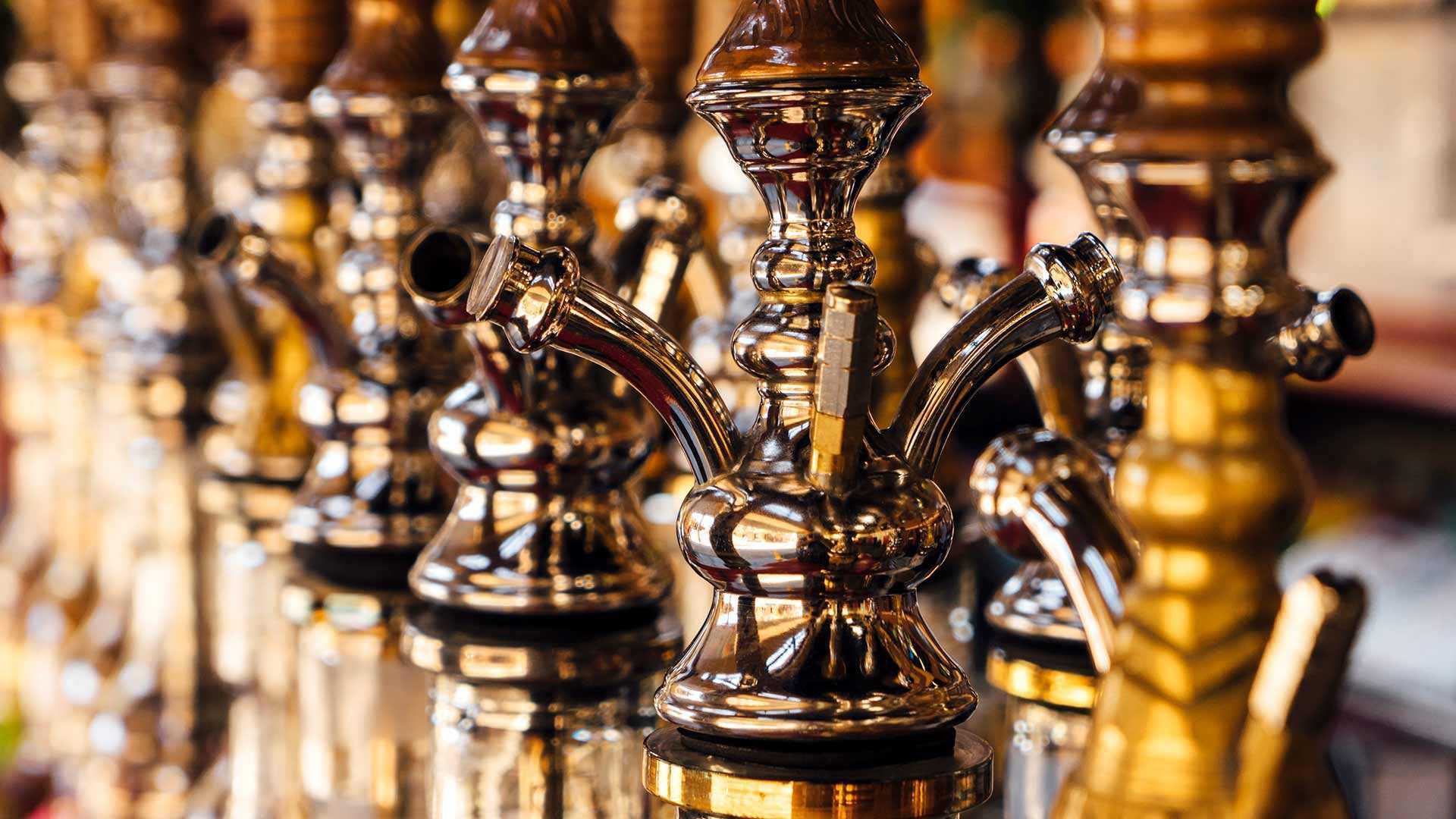- September 26, 2022
- By Sala Levin ’10
We all know tobacco smoke is full of tar and carcinogens that contribute to cancer, emphysema, heart disease and a range of other maladies. What most of us haven’t given much thought to is what—along with the chemicals and soot—might be living in tobacco, and what their health effects could be.
New University of Maryland School of Public Health research from Leena Malayil, assistant research professor, and Professor Amy Sapkota, both in the Maryland Institute for Applied Environmental Health, takes an important step toward establishing this knowledge, showing that hookah tobacco is home to a range of diverse bacteria.
“We’re concerned that bacteria in tobacco could end up in your respiratory system and ultimately contribute to changes in your microbiome,” the communities of microorganisms in our bodies that are critical to well-being, said Sapkota. “That could have potential health implications.”
Hookah, which has a long history in Arab and South Asian cultures, is a water pipe most often used to smoke tobacco. The popularity of hookah, also known as nargileh or shisha, has grown in the United States over recent decades: The CDC estimated that in 2018, about 12% of American adults aged 19 to 30 had smoked hookah over the previous year, as had nearly 8% of high school students.
Hookah tobacco often comes in fruity or candy-like flavors. For their study, Malayil, Sapkota and their team tested three distinct flavors from two popular commercial brands, Al Fakher (two apple, mint and watermelon) and Fumari (white gummy bear, ambrosia and mint chocolate chill). For two weeks, these products were stored under three sets of temperature and humidity conditions, mimicking the conditions of a room, pocket or refrigerator. DNA was then extracted from the tobacco and sequenced at the Institute for Genome Sciences at the University of Maryland School of Medicine in Baltimore.
The team found that the different commercial brands and flavors each contained a different variety of diverse bacteria. Because of this, “hookah smokers may be impacted differentially based on the users’ specific brand and flavor of choice,” said Malayil.
The study revealed several groups of bacteria (at the genus level) that can contain human pathogens: Pseudomonas, Bacillus, Sphingomonas and Methylobacterium. More refined sequencing methods are needed to determine the bacterial species, which can provide a clearer understanding of potential risks associated with bacteria in hookah tobacco, said Sapkota.
“We’re finding that, in addition to chemical carcinogens, bacteria and viruses can also play a role in the development of specific cancers,” she said. “With stomach cancer, we now know that H. pylori bacteria is the most important risk factor. We also know that human papillomaviruses (HPV) are the causative agents of cervical cancers. This is an area that’s very understudied with regard to the potential public health impacts associated with microorganisms present in tobacco.”
Topics
ResearchTags
ResearchUnits
School of Public Health